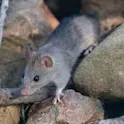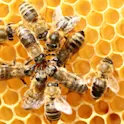
Climate action
15 Jul 2022
Is declaring a climate emergency enough to stop the climate crisis? What we can learn from the Covid-19 pandemic
By Jordi Mazon, David Pino, and Mireia Vinyoles Image: Piyaset/Shutterstock.com Dr. Jordi Mazon is professor of meteorology at the Department of physics in the Technical University of Catalonia (BarcelonaTech) and teaches higher-level physics in the international baccalaureate in Aula higher school in Barcelona. In addition, he is currently Deputy Mayor of energy transition, mobility, and city cleaning management in Viladecans, a municipality of the metropolitan area of Barcelona. His research is focused on several topics of the atmospheric physics, the numerical simulation of coastal fronts, and severe meteorological events. Now, he explains what lessons from the Covid-19 pandemic we can apply to our fight against the climate crisis. If someone looks up the definition of emergency in any dictionary (for example in the Cambridge Dictionary), the following description can be read: “something dangerous or serious, that happens suddenly or unexpectedly and needs fast action in order to avoid harmful results for people or properties”. Keeping in mind the recent declaration of the state of emergency due to the climate crisis by many scientists, administrations, and institutions worldwide, it is clear that fast actions must be taken to avoid harmful results for human societies and the Earth’s ecosystems. Accepting the declaration […]













